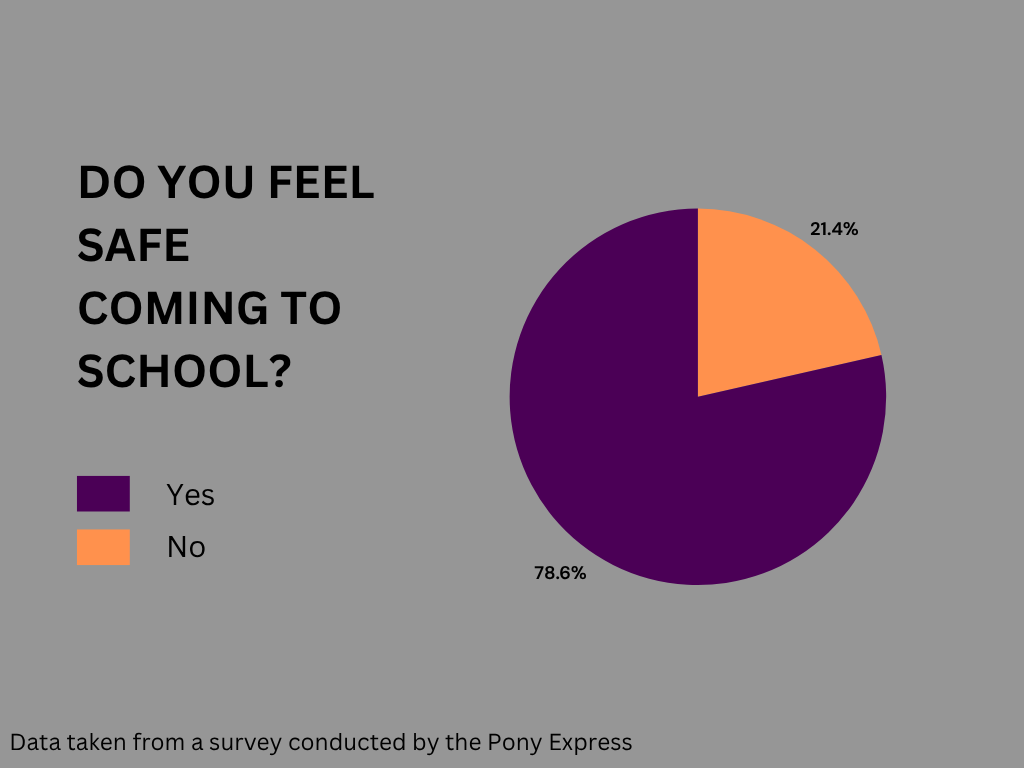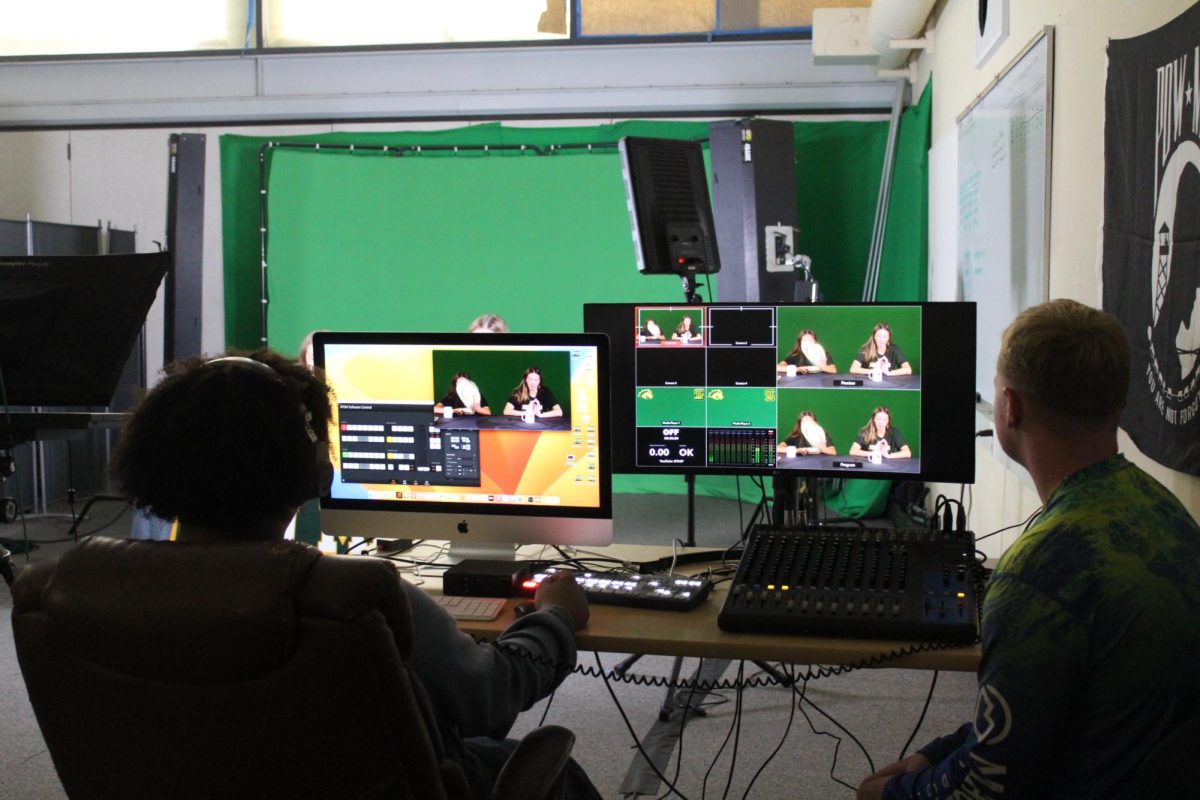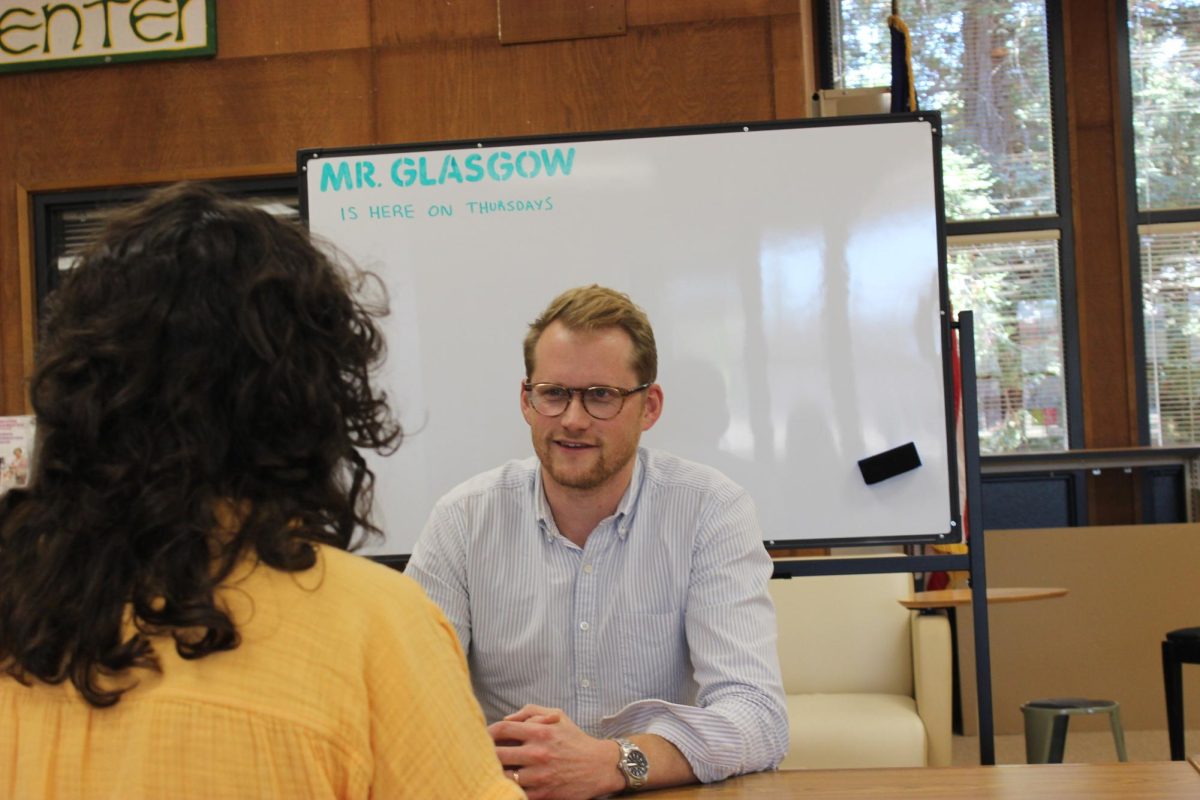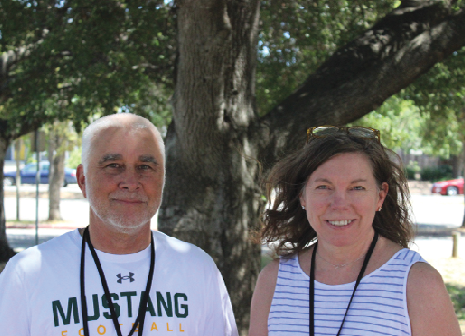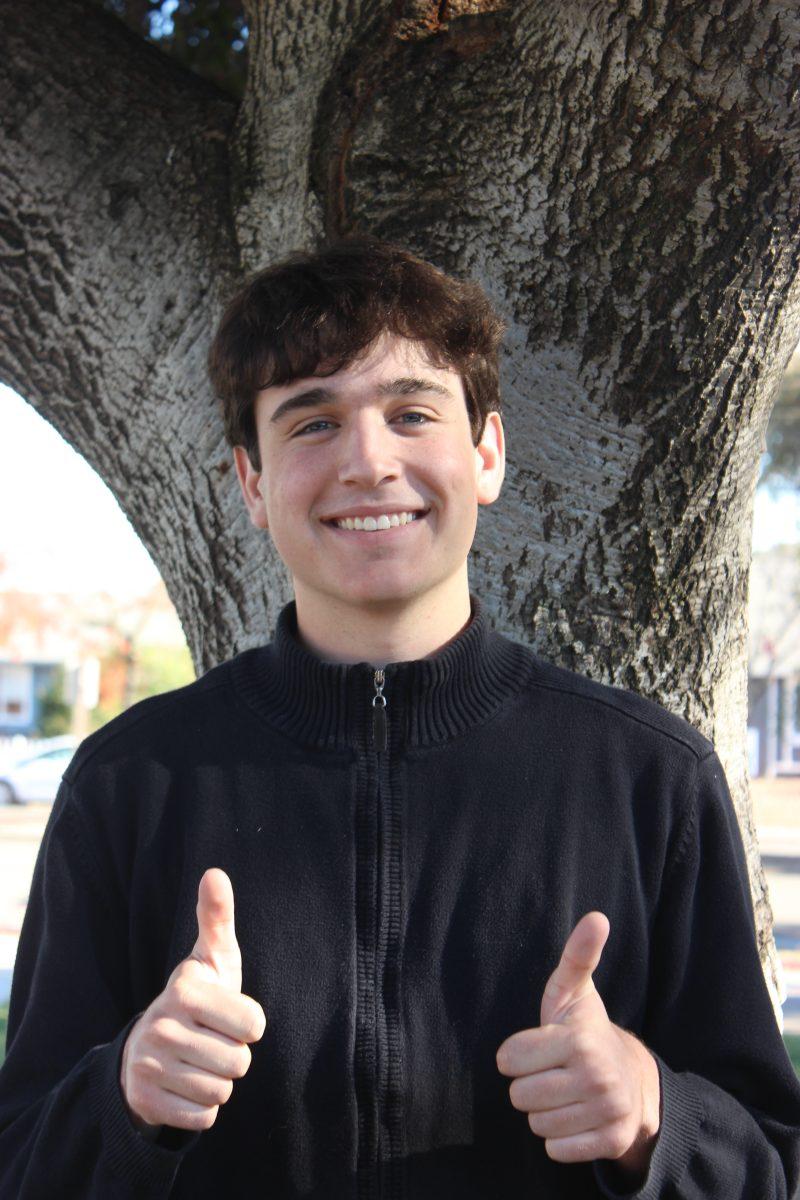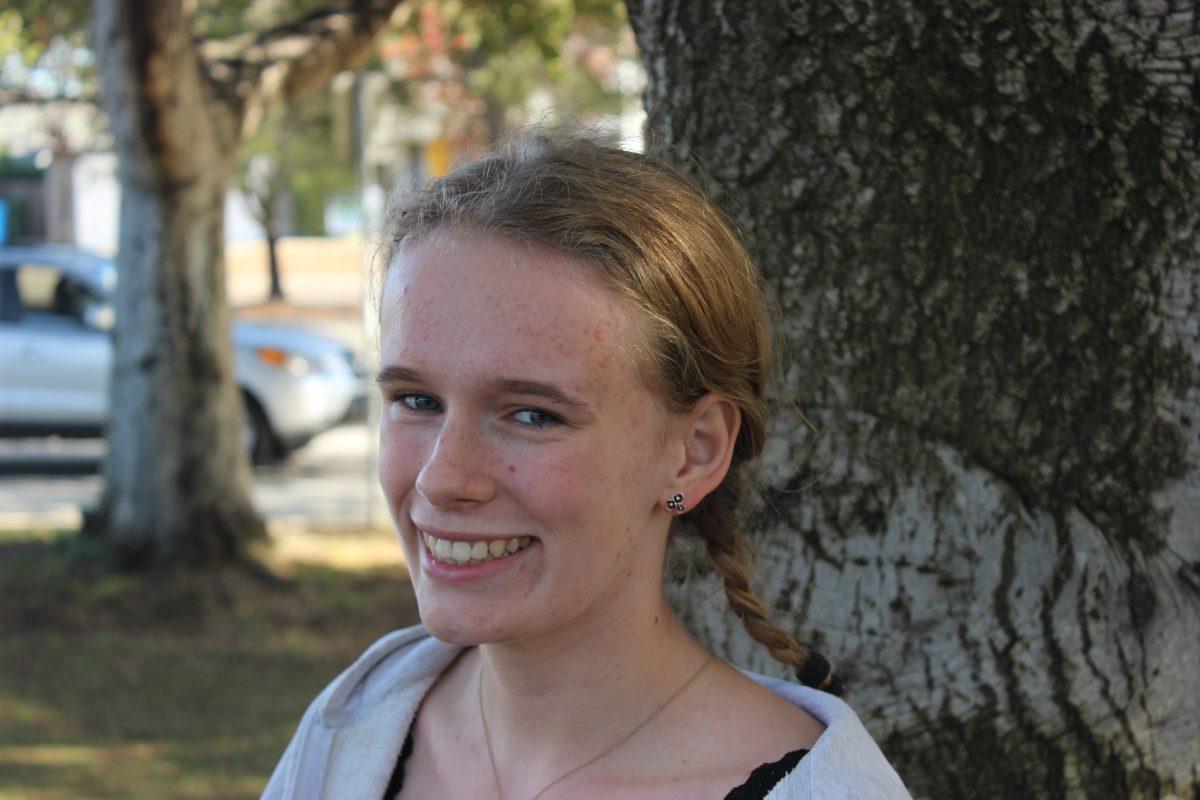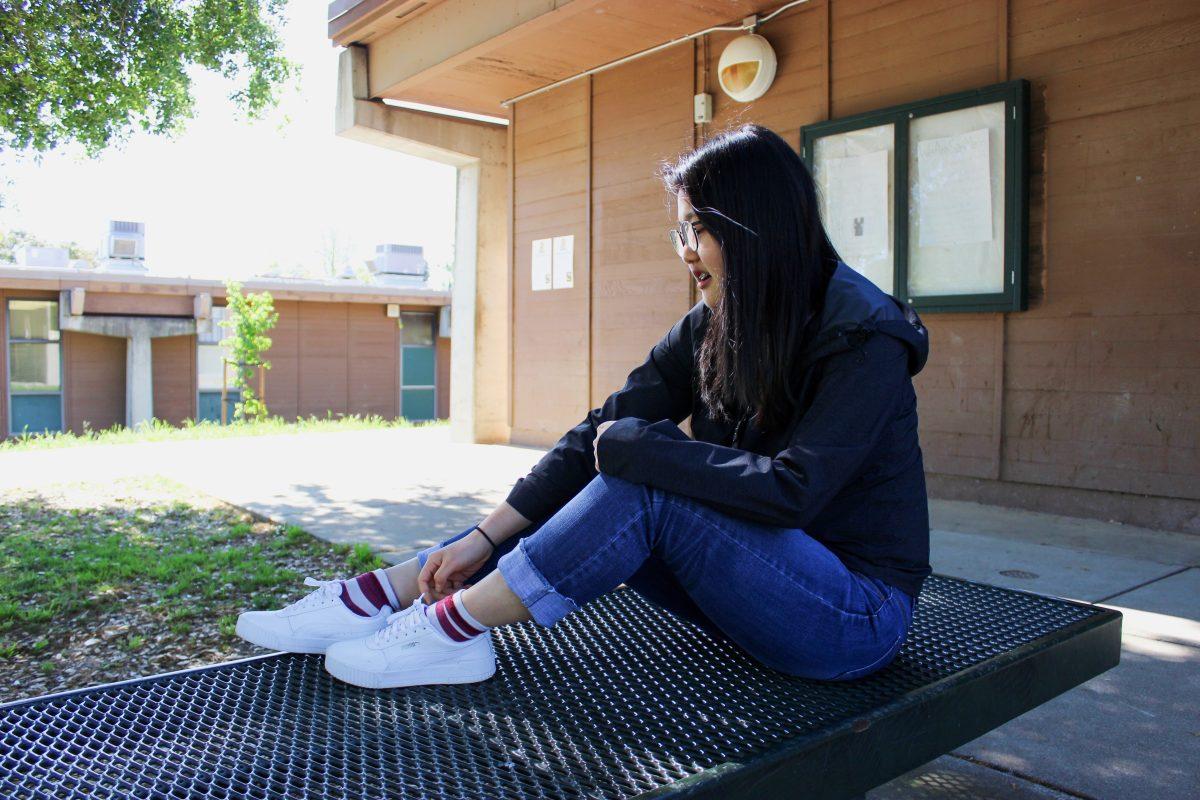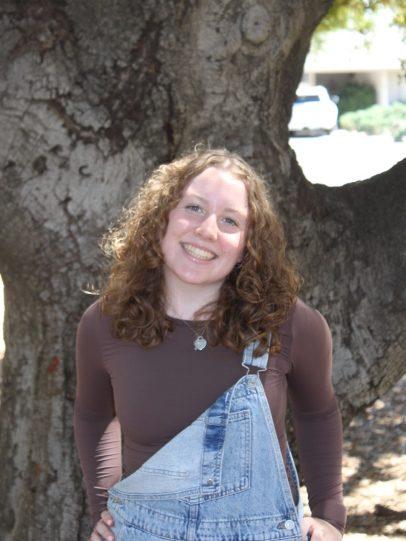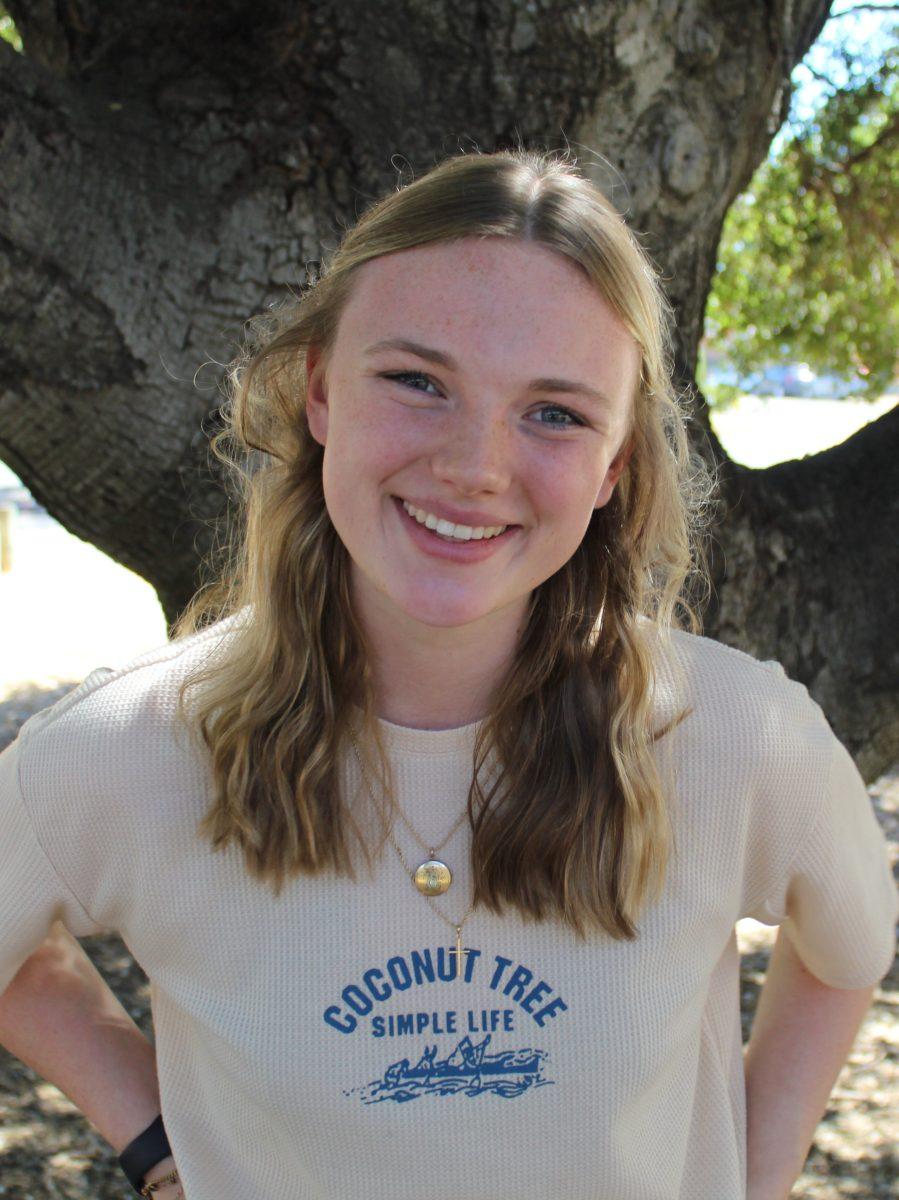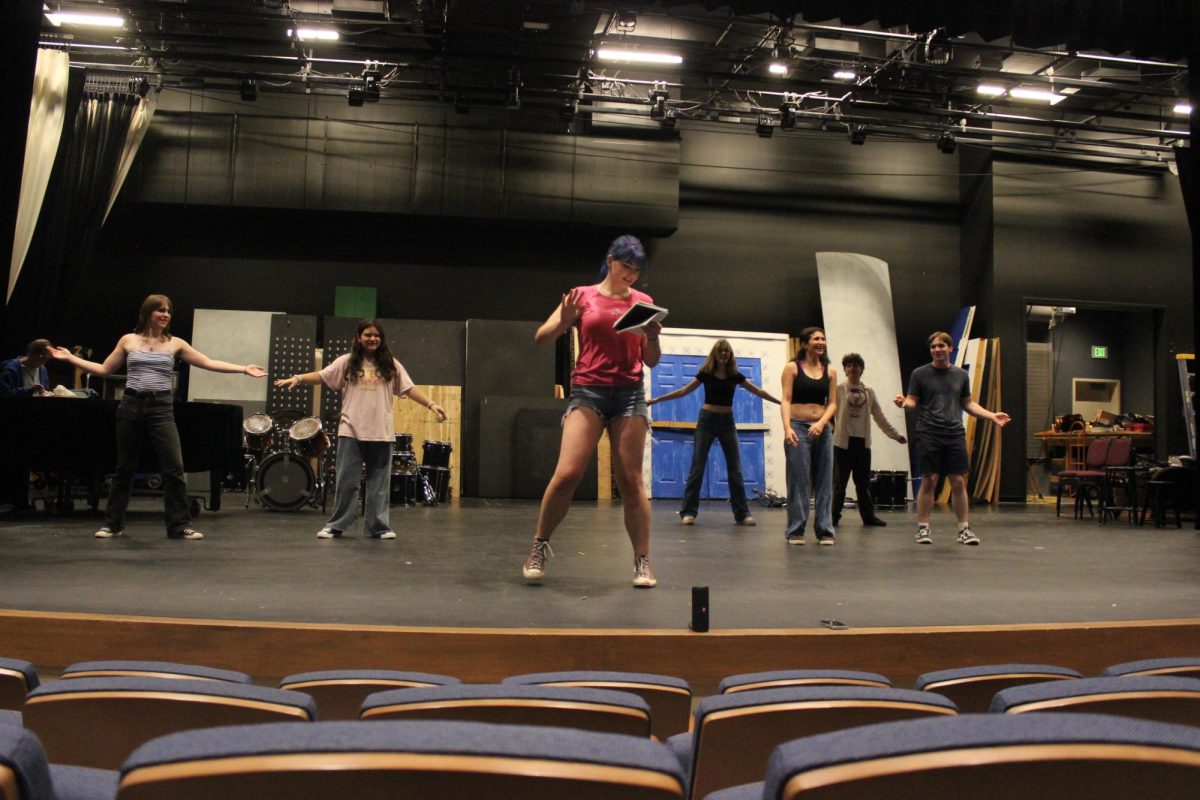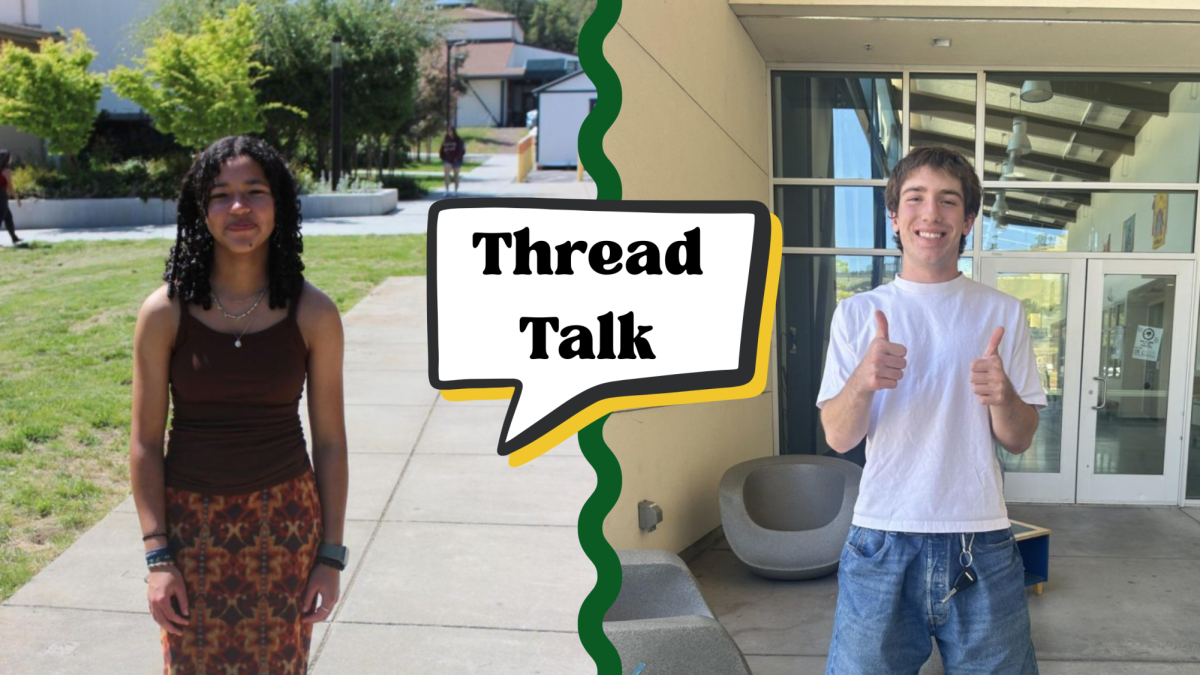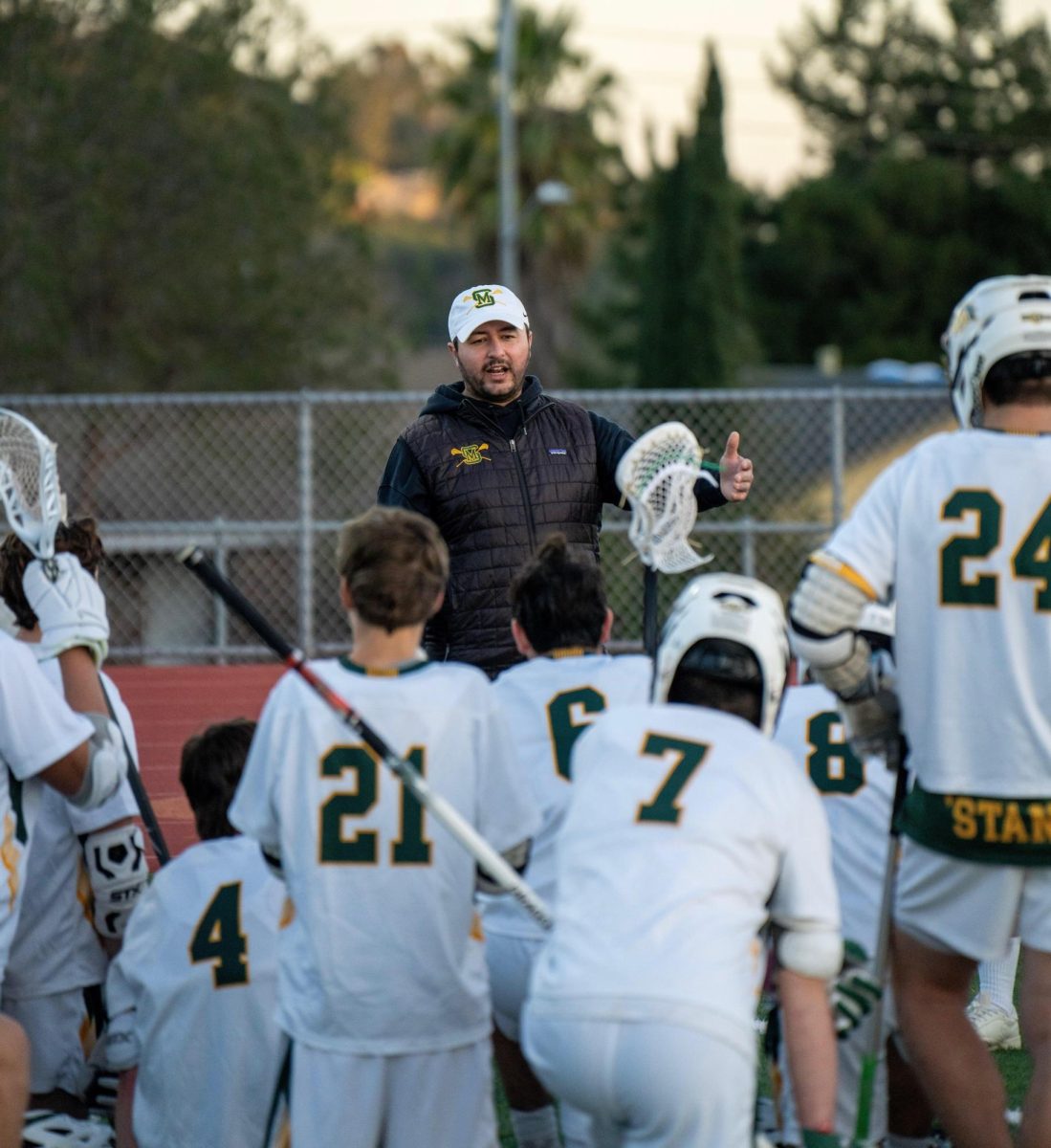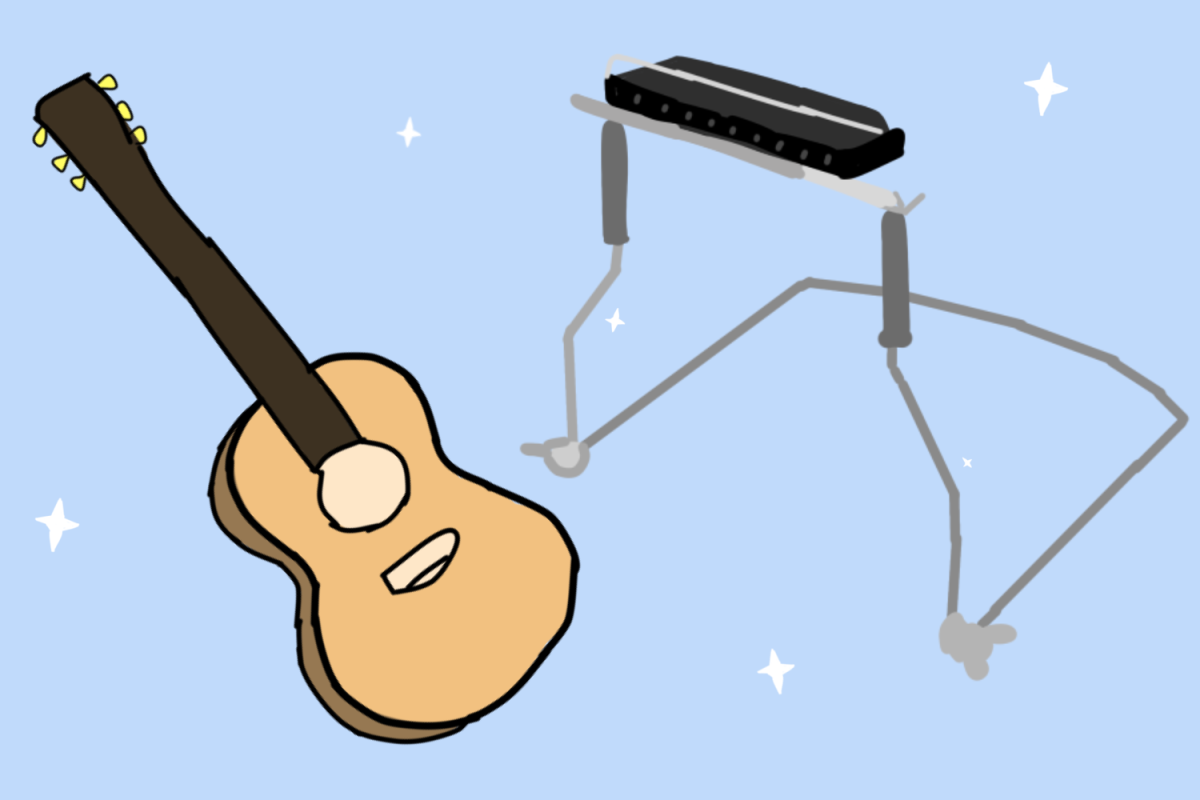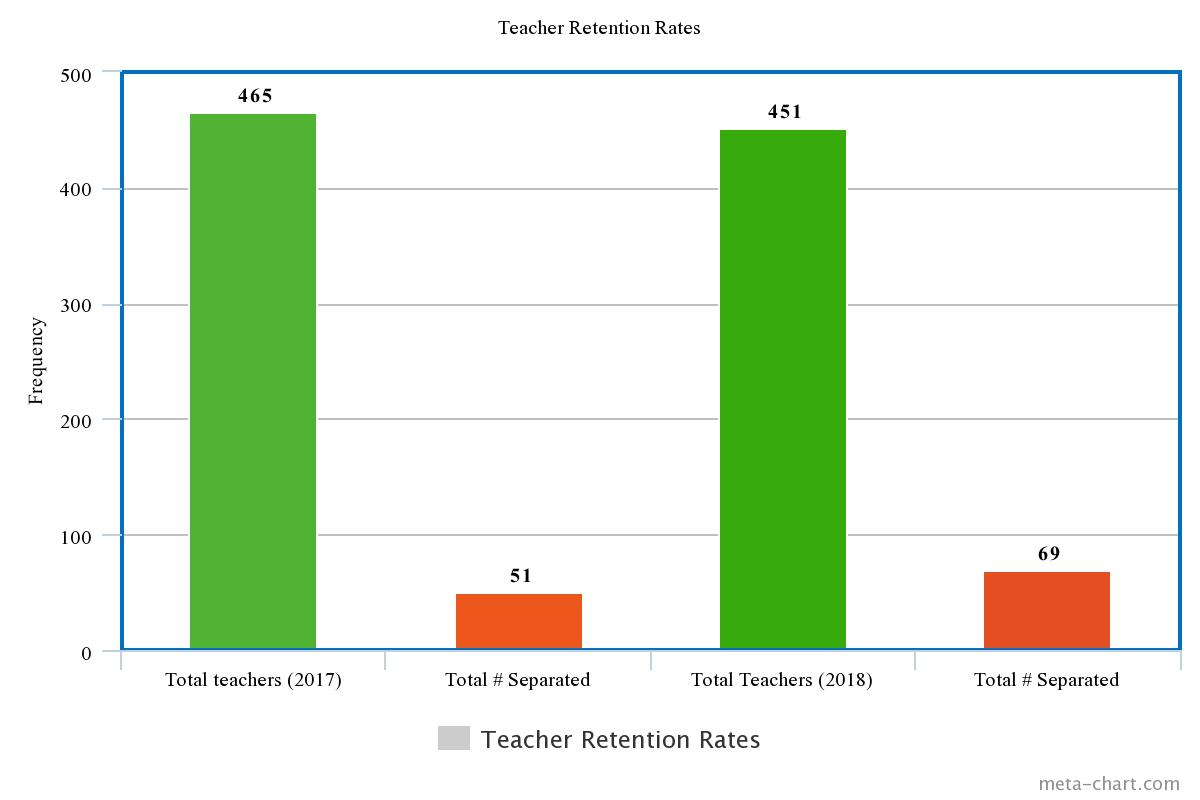With a total of 69 teachers lost due to retirement and resignation, NUSD lost 15 percent of its staff within the 2018 school year. San Marin alone has lost a total of 23 teachers within the past four years.
In addition to retirement, teachers can resign for a multitude of reasons, from challenges faced by beginning teachers to experienced teachers who are offered a better salary, and more.
Upon leaving, 21 out of the 69 teachers responded to an exit survey explaining their reasons for departure from NUSD. Most of the responses were salary-related. The majority said it was due to “relocation”, the second majority stated “inadequate salary” and the third majority said “cost of living”.
French teacher and San Marin’s site representative of the teacher’s union Jeffrey Moore said that factors such as cost of living can contribute to lowering teacher morale.
“The most common challenges for teachers now are class size overages, trying to find a way to make an NUSD salary function in order to live in this area, and having extra bureaucratic tasks added to an already-challenging list of responsibilities,” Moore said. “With many classes now regularly surpassing the allotted 34 students, it compromises student learning and teacher effectiveness for the sake of cost-benefit analysis. Then we get mediocre test scores as a school, resulting in administration telling the teachers that they have to do more and we go back around again.”
In response to teacher shortages, Assistant Superintendent of Human Resources Jonathan Ferrer is responsible for hiring new teachers.
36 new teachers have been hired this year in NUSD, but there remains a teacher shortage in certain credential subjects.
“I think in most school districts and sites, Math, Science and Special Education [departments] continue to be a challenge,” Ferrer said. “This is not something that is unique to NUSD, it applies to almost everybody in the state.”
Additionally, Ferrer said specialty positions such as Modern Language, School Psychologist, Nurse and Speech therapy teachers prove difficult to fill as well.
“It’s difficult to both attract and retain [teachers],” Ferrer said. “Once we do attract and retain them, often times teaching isn’t for everyone. Maybe teachers thought teaching wasn’t what they thought it would be, maybe they didn’t want to work with students as much as they thought would have, or maybe there were challenges at their school site or within their classroom.”
In comparison to Marin County’s median annual household income of $113k, NUSD’s teacher pay of $47.5k to $97.25k contributes to concerns among teachers about inadequate salary. Ferrer said that one of the most common reasons teachers leave NUSD is because of higher paying positions in other school districts.
How much a teacher gets paid, said Ferrer, is determined by what district they work for and if that district is funded through basic aid or revenue limitation.
Basic aid school districts are financed through a portion of the property taxes in that area. For instance, Tamalpais Union High School District, a basic aid district with a higher property tax revenue, receives higher teacher compensation than NUSD. In basic aid districts, teacher salaries are dependent on the local community.
Revenue limit districts are funded by the state, which determines how many dollars a district receives per student and dictates how much teachers in a specific district can be paid. Novato Unified is one of many revenue limit districts in California.
In the situation where a teacher position is left vacant, Sims must exhaust all of the possibilities of assigning full-time teachers to teach a portion of the curriculum for extra compensation or making changes in teachers’ schedules. Hiring a substitute is the final resort if the other options don’t work. Ferrer said that these options are not ideal and having revolving substitutes can create gaps in a curriculum for students and interrupt the continuous flow of content.
In the United States, the number of individuals entering the teaching field has dropped. A report from the Economic Policy Institute found that the number of education degrees being awarded between the 2008-2009 and 2015-2016 school years have decreased by 15.4 percent.
In response to the teacher decrease trend, Moore said that salary can have an effect on incoming career seekers as many just don’t see holding a job in education as “worth it”.
Before English teacher Ryan Berberian began teaching, he initially pursued a science major in college. As he began to have second thoughts about his career choice, he stumbled across a meeting for students interested in becoming teachers which led him to start volunteering in classrooms and eventually to getting a teaching credential and a position at San Marin. After 18 years at San Marin, Berberian gets along well with the staff and students and can not imagine working anywhere else.
“Feeling you have a solid support system to fall back on is vital to keeping new teachers in the field.” Berberian said.
Similarly, Social Studies teacher Robert Watson said he is “committed to this community for the foreseeable future”. Due to Watson’s love for history and an influential Honors World History teacher he had during his sophomore year in high school, Watson has taught at San Marin for 13 years.
“I’ve stayed at San Marin despite opportunities to leave because I like the idea of staying at the same school for most of my career and building relationships and a legacy,” Watson said.
“Resilience is key in this profession,” Ferrer said. “You have to have a thick skin─you have to be resilient to be a teacher long-term.”
